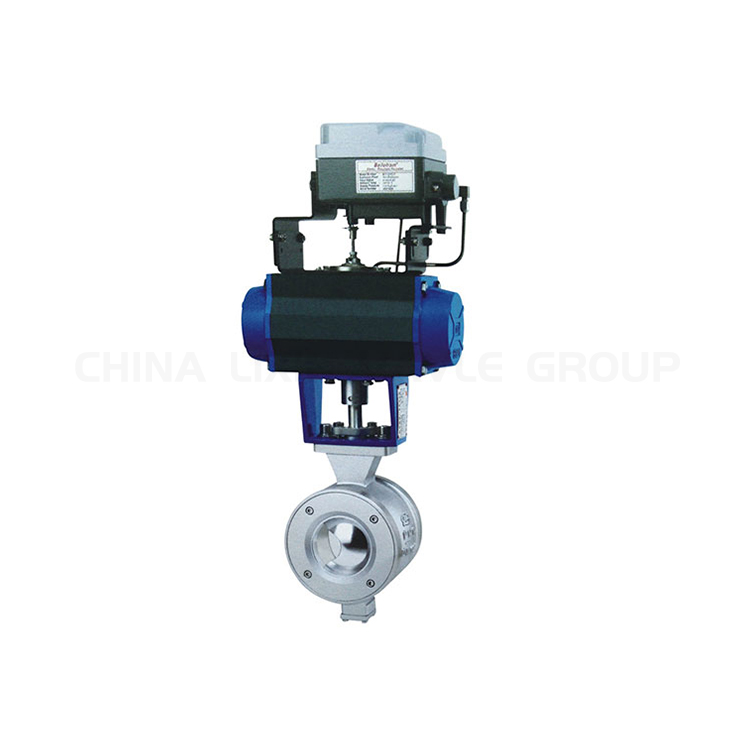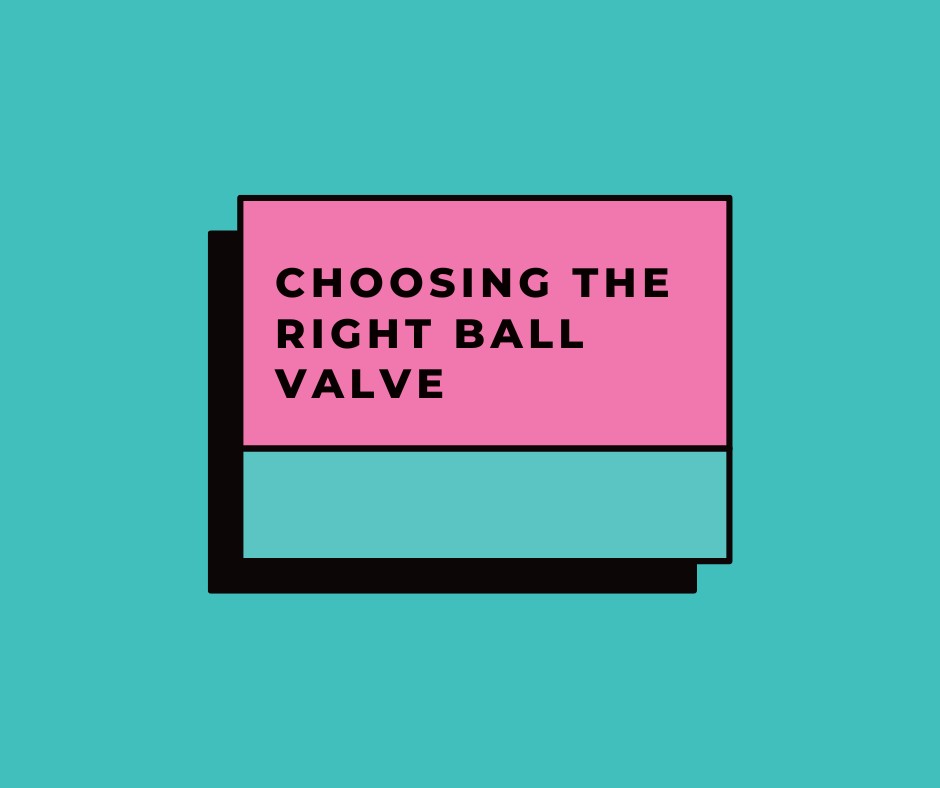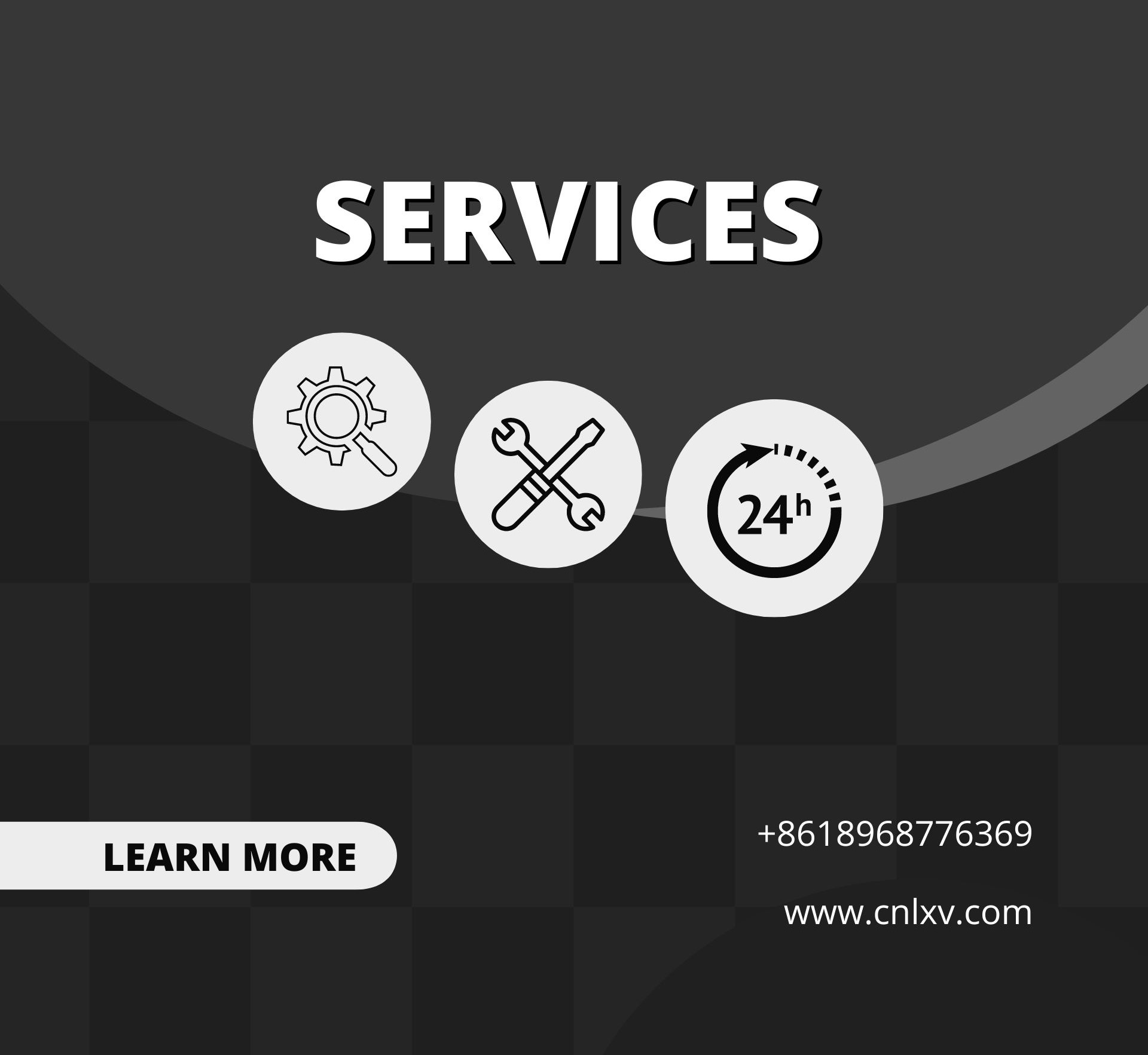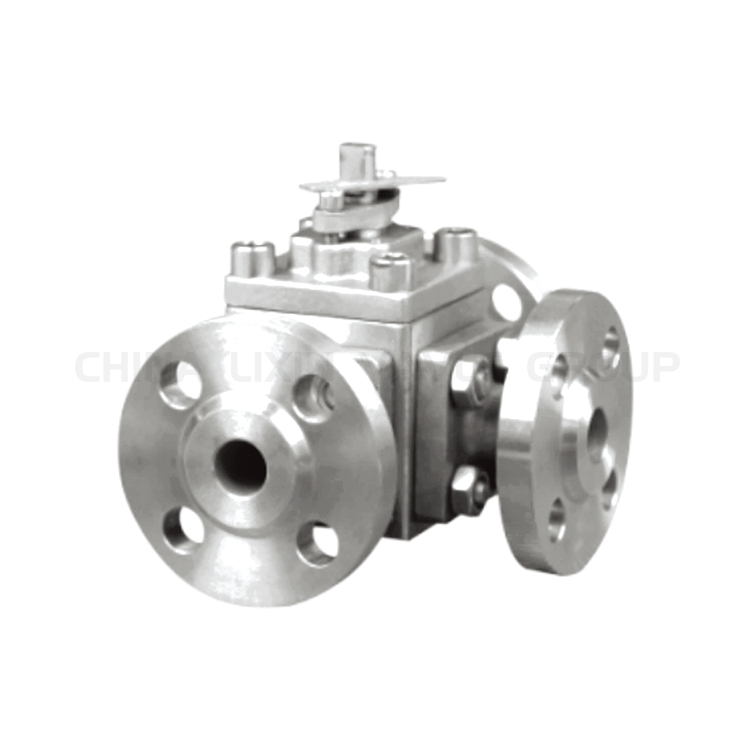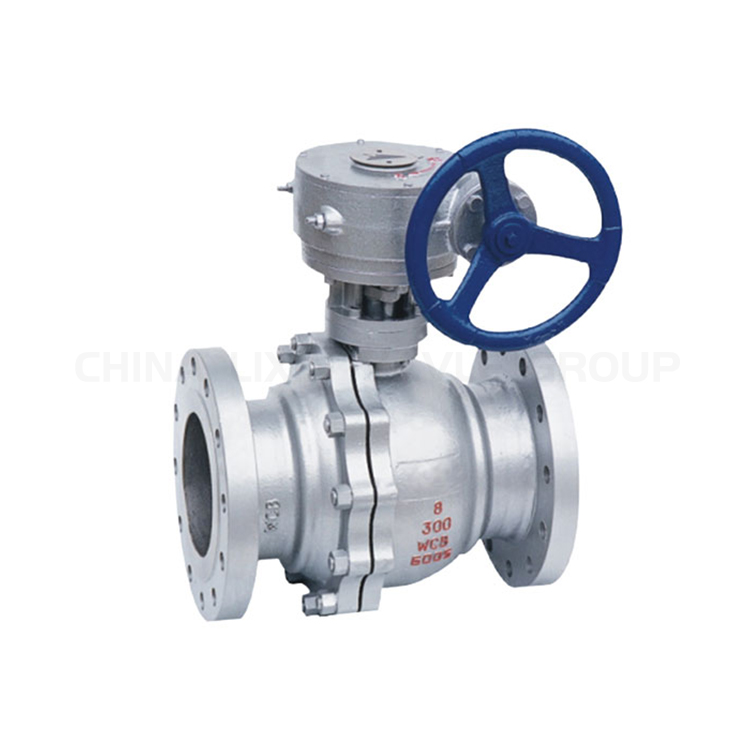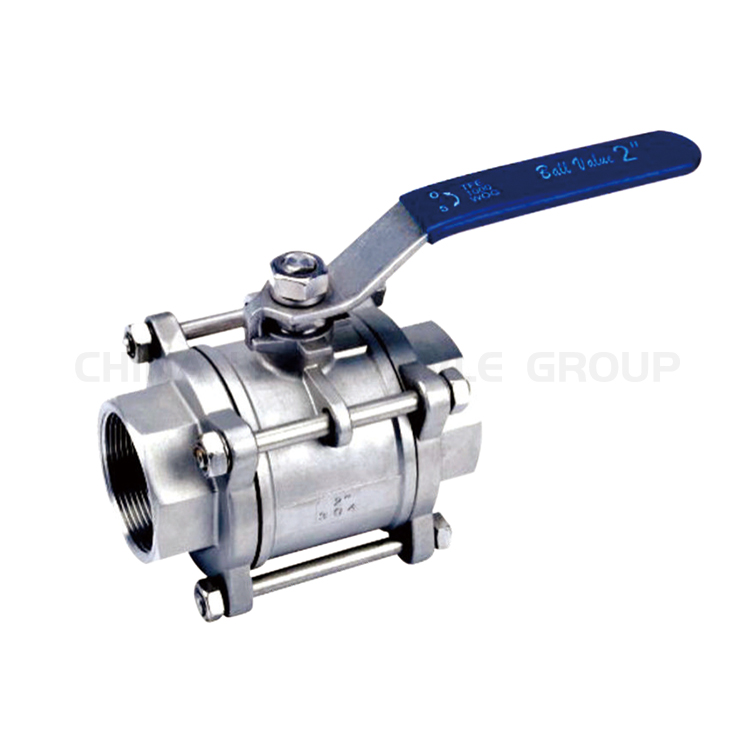What is a Ball Valve?
Ball valves are a type of shutoff valve that utilizes a spherical disk (ball) to control the flow of a fluid. They are characterized by their durability, ease of operation, and ability to provide a tight seal.
Construction and Operation
Ball valves typically consist of the following components:
- Body: The main housing that contains the valve components.
- Ball: A spherical disk that rotates within the body to control flow.
- Stem: A shaft connected to the ball that is used to rotate it.
- Seat: A ring or gasket that creates a tight seal between the ball and the body.
When the stem is positioned perpendicular to the flow direction, the ball is aligned with the seats, blocking the flow. When the stem is rotated 90 degrees, the ball becomes perpendicular to the seats, allowing the fluid to pass through.
Advantages and Disadvantages
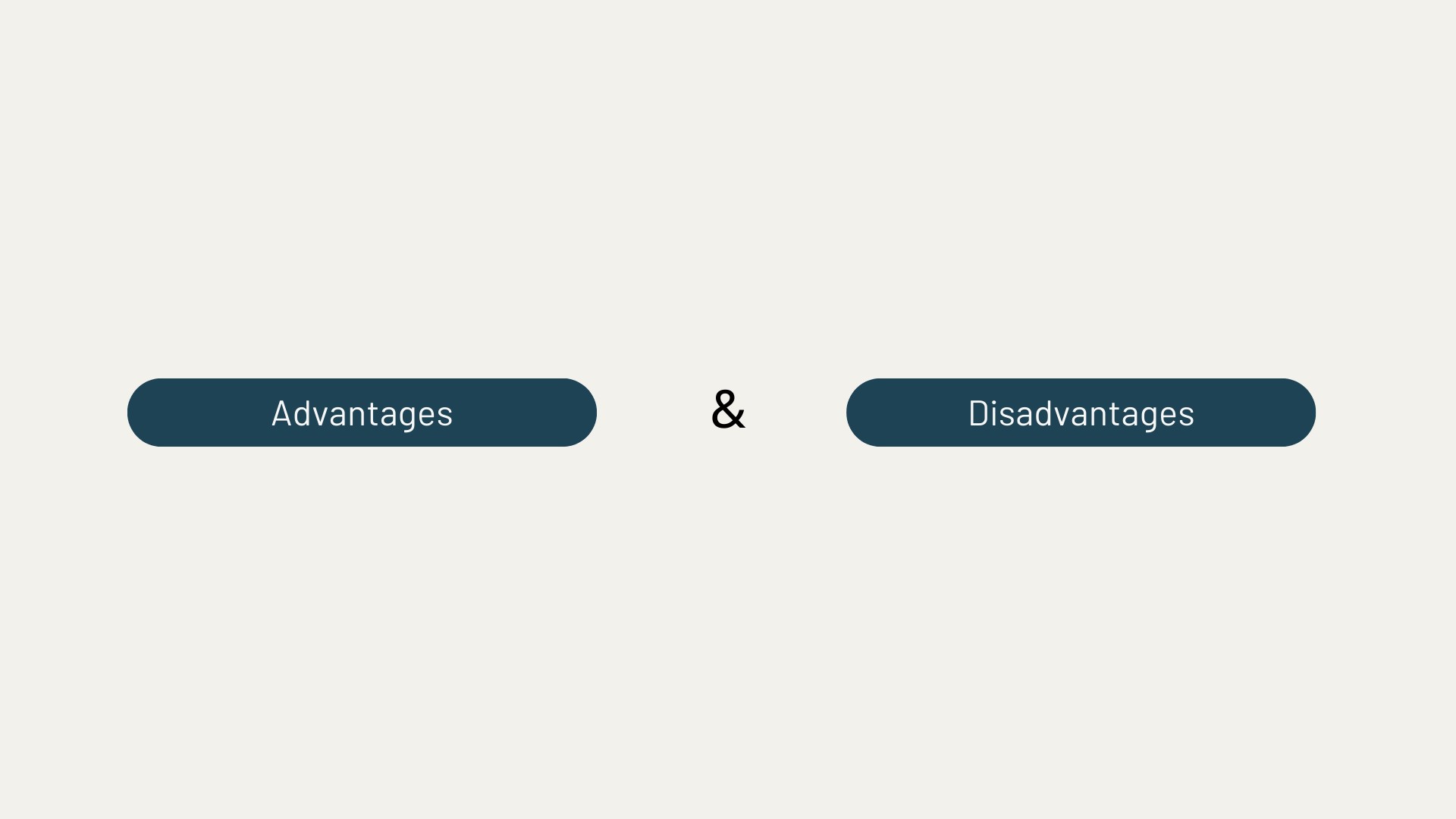
- Advantages:
- Durable and long-lasting
- Easy to operate (quarter-turn operation)
- Provides a tight seal
- Low maintenance
- Disadvantages:
- Can be expensive compared to other valve types
- Not suitable for high-pressure applications
Applications
Ball valves are widely used in various industries, including:
- Water and wastewater systems
- Oil and gas pipelines
- Chemical processing
- Pharmaceuticals
- Food and beverage
Choosing the Right Ball Valve
When selecting a ball valve, it is important to consider the following factors:
- Size: The diameter of the pipe it will be installed in.
- Pressure rating: The maximum pressure the valve can withstand.
- Temperature rating: The maximum temperature the valve can handle.
- Material: The material of the body, ball, and seat, which should be compatible with the fluid being handled.
Maintenance and Troubleshooting
Ball valves require minimal maintenance. However, periodic inspections and lubrication may be necessary to ensure proper operation. Common troubleshooting issues include:
- Leaking: Check for worn seats or damaged O-rings.
- Hard to operate: Inspect the stem for binding or corrosion.
- Unable to fully open or close: Verify that the stem is correctly connected to the ball.
Conclusion
Ball valves are versatile and reliable shutoff valves that offer a range of benefits. By understanding their construction, advantages, disadvantages, and applications, you can make informed decisions when choosing ball valves for your specific requirements.
For more detailed information on ball valves, visit: Lixin Ball Valve





